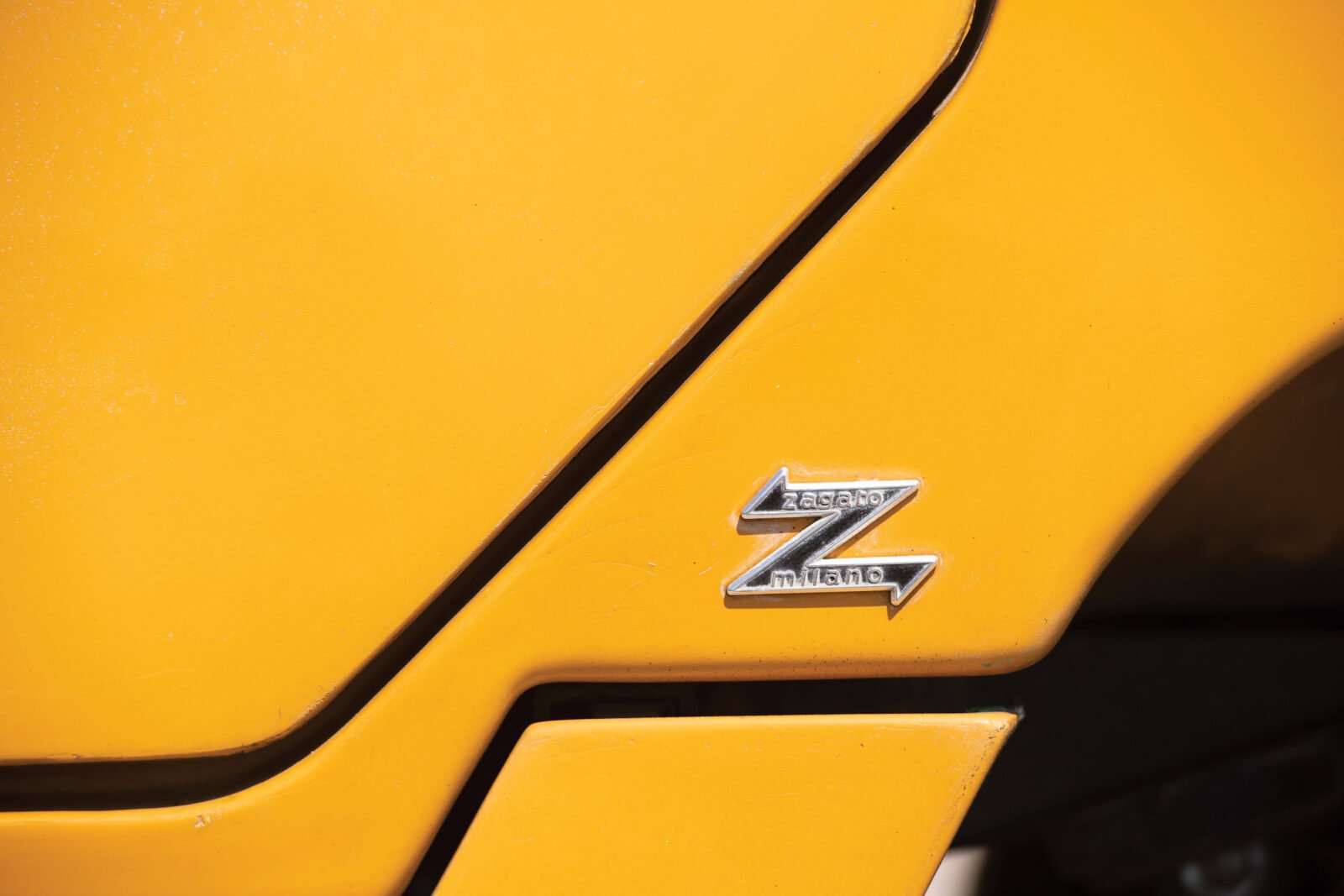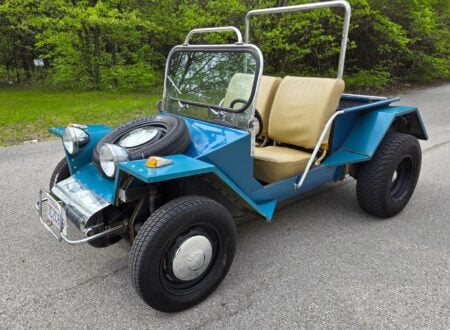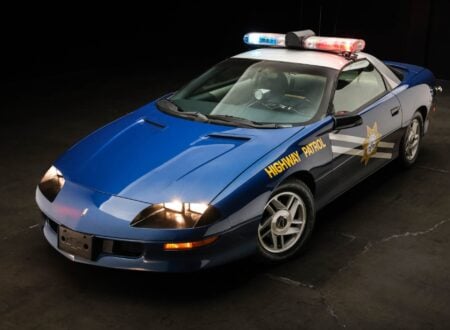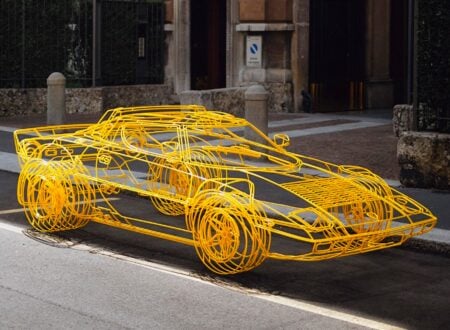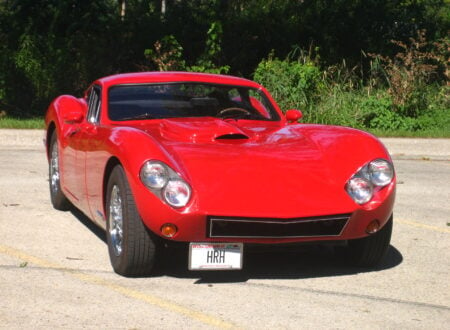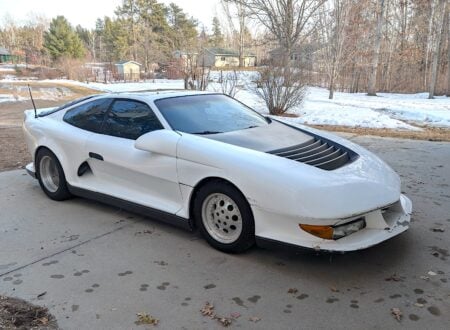In the world of coachbuilders there are few names that evoke more passion than Zagato, the list of iconic road and race cars built by the Italian carrozzeria is extensive but it rarely includes the car you see here – the unusual Zagato Zele.
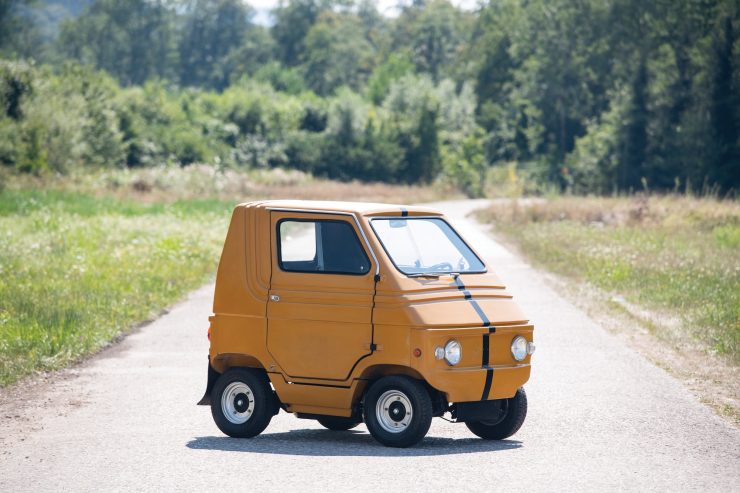
The Zagato Zele
The Zagato Zele was a significant departure from the norm for Zagato, a coachbuilder and automaker better known for their impossibly sleek designs typically hand-crafted from aluminum alloy and gracing chassis made by the likes of Ferrari, Lamborghini, Alfa Romeo, Aston Martin, BMW, Lancia, Fiat, Isotta Fraschini, Jaguar, Bristol, and even a Shelby Mustang.
Though the looks of the Zele often inspire jokes, the car was actually decades ahead of its time. Consider for a moment the startling similarity between the Zele and the Smart Car, which wouldn’t appear until decades later in 1998. It’s worth also noting that the Zele is 100% electric, and we didn’t see a 100% electric Smart Car until 2008.
Though the existence of the Zagato Zele is often linked to the 1973 Oil Crisis that drove gasoline prices up significantly around the world, the car was actually designed, built, and publicly shown a year before the crisis.
Zagato first displayed the Zele at the 1972 Geneva Motor Show where it was surrounded by many of the most beautiful cars of its era, and some of the most beautiful of all time. There’s little doubt that the humble Zele raised some eyebrows due to its looks, but less than 12 months later it would prove to have been the most sensible option at the whole show.
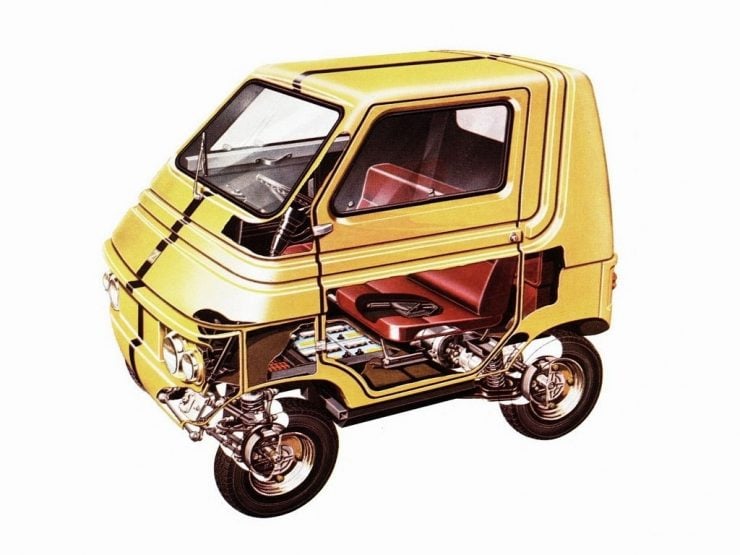
The Zagato Zele Drivetrain and Engineering
The design team at Zagato had been tasked with creating the Zele from a blank slate, it needed to be created as cheaply as possible, and it needed an electric drivetrain.
It was decided early on to use a lightweight fiberglass body over a simple steel frame, the running gear was sourced from the Fiat 500 and 124, and the interior was so spartan it qualifies as minimalist, with a bench seat, a flat dashboard, and a steering wheel emblazoned with the legendary Zagato “Z”.
In order to keep costs down there are no wind down windows, just sliding units that’ll be familiar to vintage Land Rover owners. The windscreen is a flat pane of angled glass, the door hinges are external, and the headlight, indicators, and taillights are all sourced from a spare parts catalogue.
Electrical power is provided by four 12 volt car batteries producing 24 volts in total, these are connected to a 1000 watt Marelli direct drive electric motor. The top speed is claimed to be between 25 mph and 30 mph, and the range is 50 miles (80 kilometers), though this may not seem like far it’s considerably less than the average daily commute, and the Zele can be recharged by plugging in the rear-mounted cable directly into the mains.
Despite its looks the Zele is relatively stable as the majority of its weight is in the frame and batteries – mounted down in the floor. Over the course of its relatively short production run the Zele, which was sold in the USA as the Elcar, was offered in 1000, 1500, and 2000 model designations, each referring to the wattage of the electric motor.
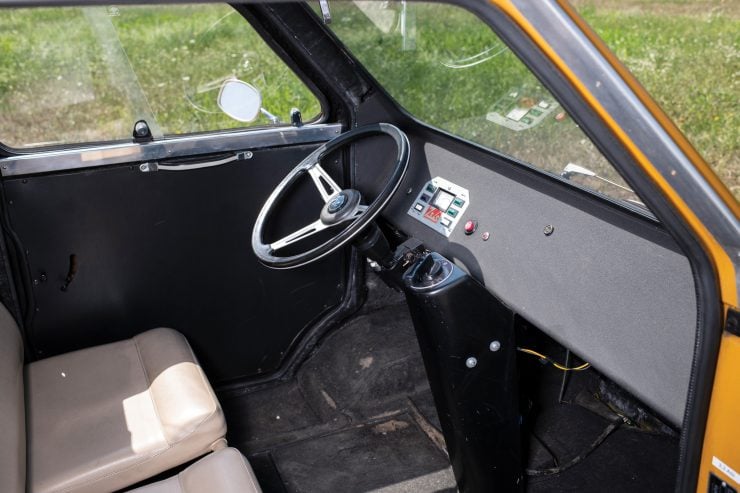
The 1974 Zagato Zele 1000 Shown Here
The Zele you see here is one of the approximately 500 originals built between 1974 and 1976, and funnily enough it’s likely to be far better received by the general public now than it was back in the mid-1970s.
This car remained with its first owner who used it regularly for 11 years before being sold on, it spent years as part of two two private collections before it underwent a nut-and-bolt restoration in 2011.
It’s due to be offered for sale by RM Sotheby’s on the 5th of September with an estimated hammer price of between £5,000 and £10,000 ($6,460 to $12,900 USD). If you’d like to read more about it or register to bid you can click here to read more.
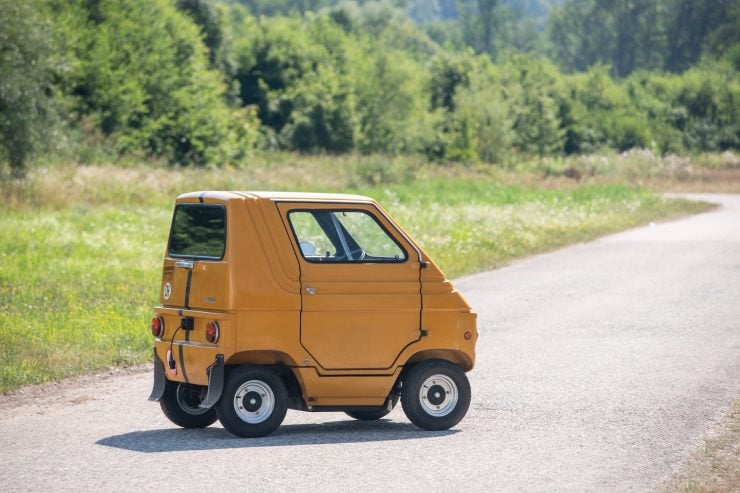
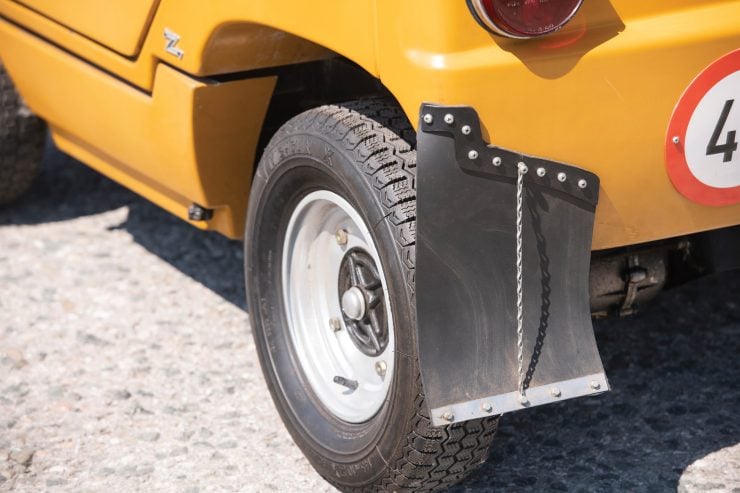
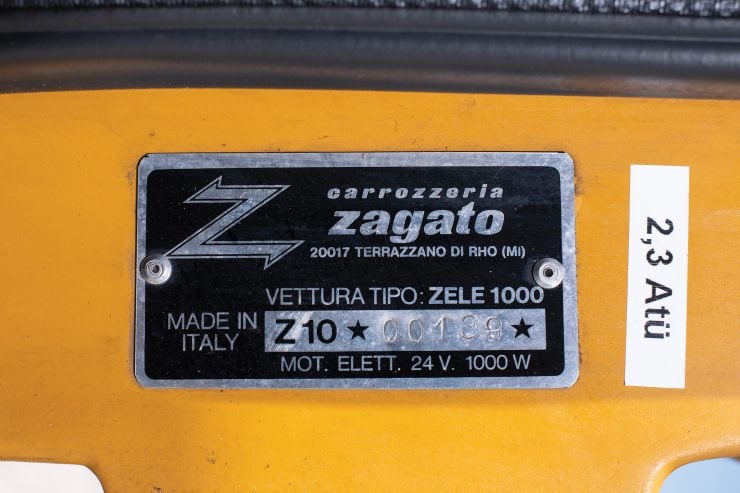
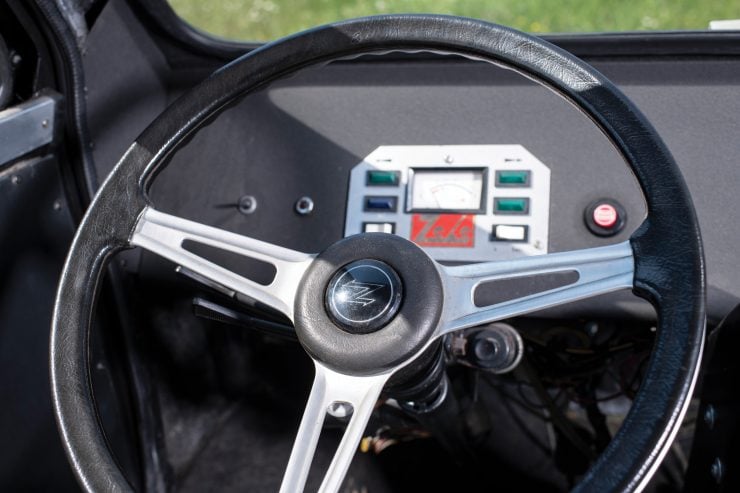
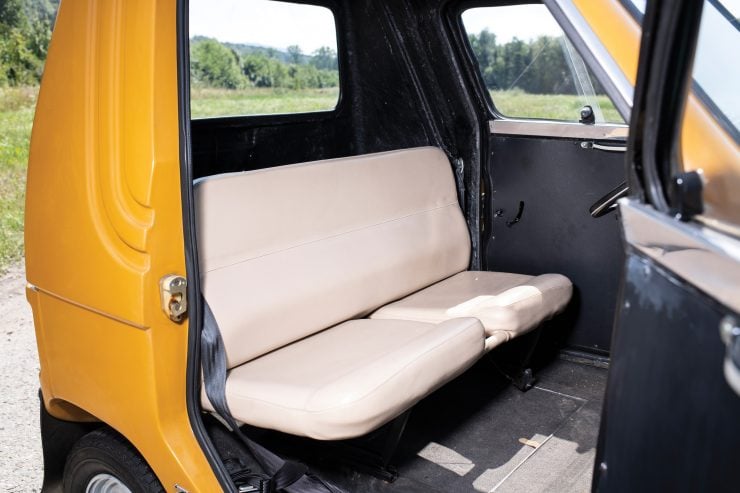
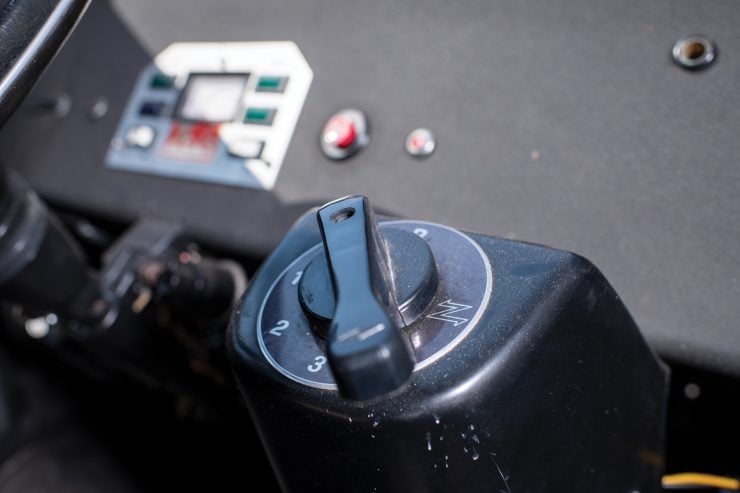

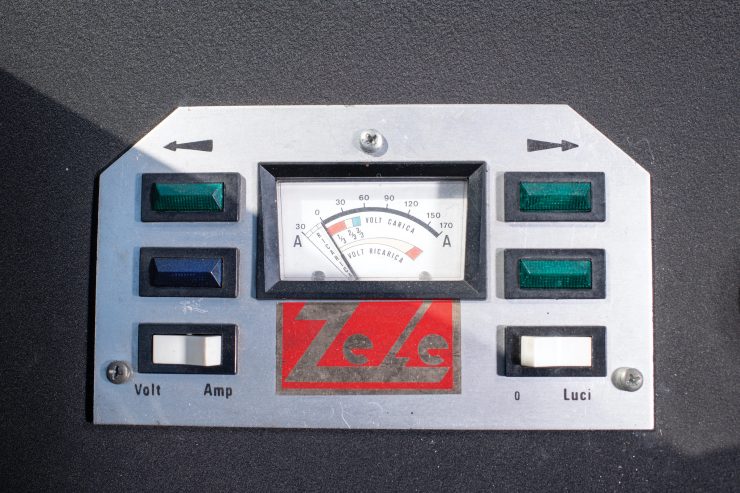

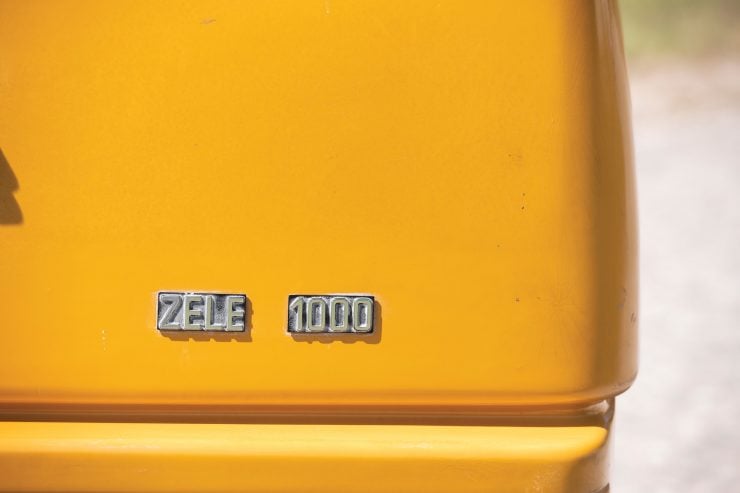
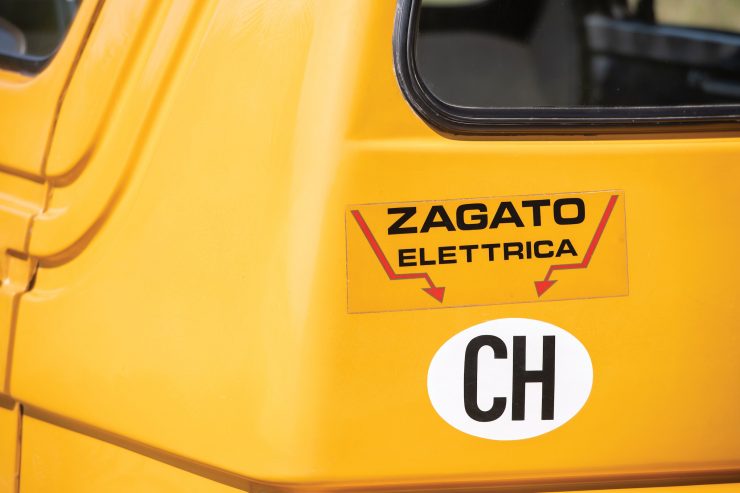

Images: Dirk de Jager ©2018 Courtesy of RM Sotheby’s

